I asked about holes I found in some blanks and it was determined to be bubbles. I didn't take any pictures of the first blanks that this happened to, but I received more blanks and I remembered to take pictures.
These are not my casts and I haven't had this in any of my blanks I've turned. That is why I asked if it was normal in my original post.
When I received the blanks, I wanted to see what they might look like, so I sanded (no cutting) the outside off and this is what I found about 1/16" - 1/8" below the surface. More of the holes. Is this really caused from bubbles and is it really normal or common?
I rotated the blank to capture most of the holes, but these go all the way around and the length of the blank. See the red circles.
These are not my casts and I haven't had this in any of my blanks I've turned. That is why I asked if it was normal in my original post.
When I received the blanks, I wanted to see what they might look like, so I sanded (no cutting) the outside off and this is what I found about 1/16" - 1/8" below the surface. More of the holes. Is this really caused from bubbles and is it really normal or common?
I rotated the blank to capture most of the holes, but these go all the way around and the length of the blank. See the red circles.






